The many checkpoints continued on the way north to the city of Babylon or the few remains which you can visit today.

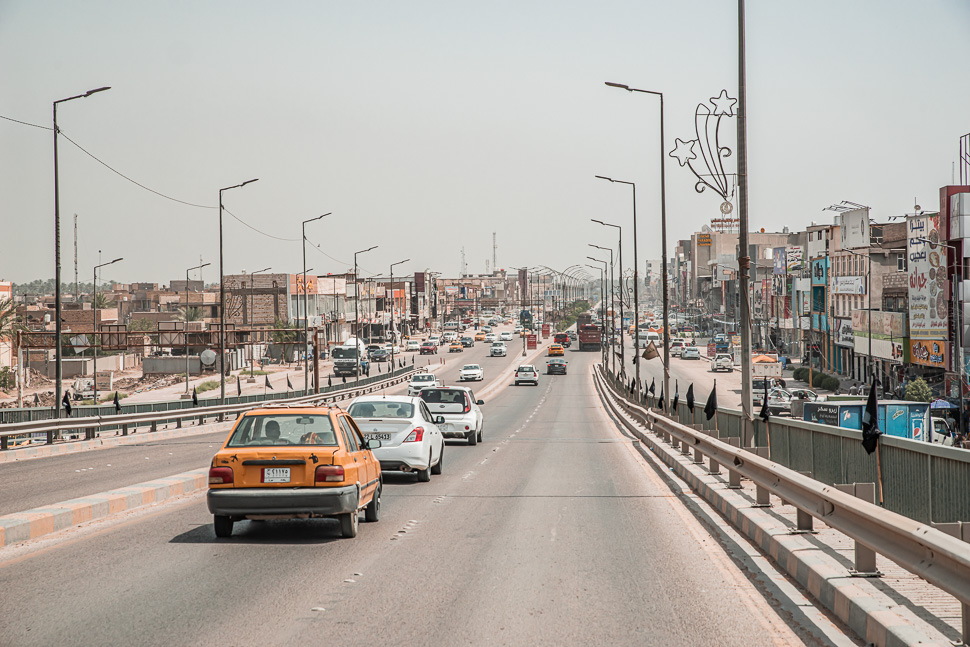
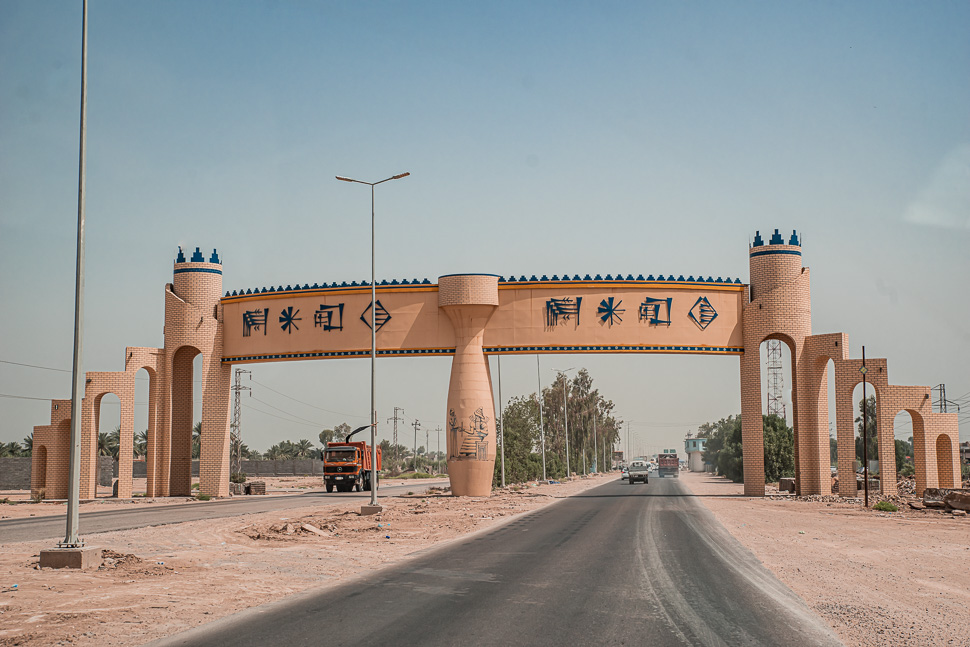

In Babylon stood once the famous Tower of Babel, which probably looked more like a Ziggurat than how it is depicted in the Western world since ancient times. Today there is just the base left.
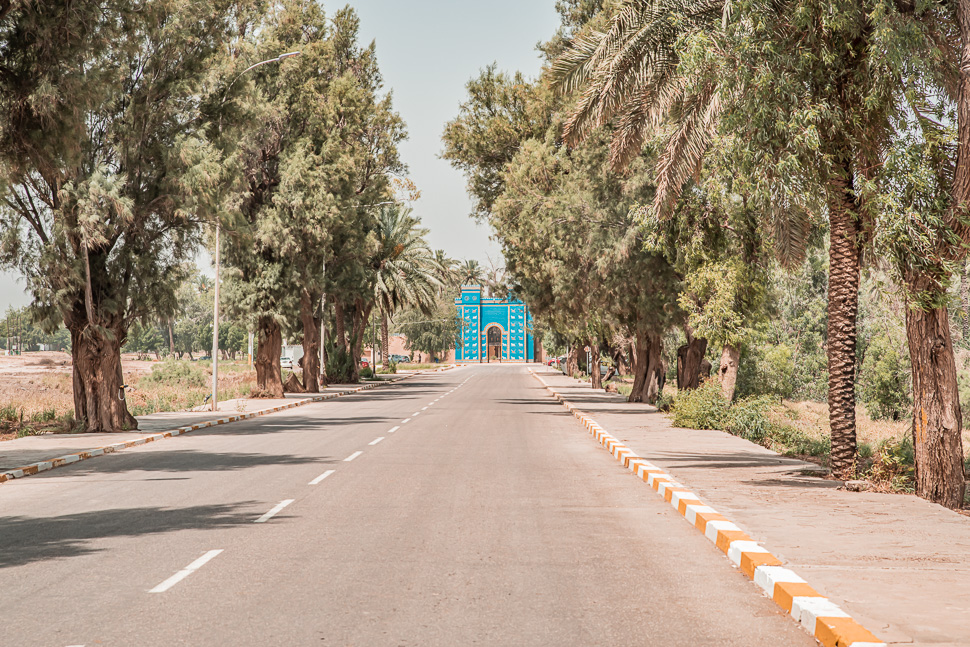
The Hanging Gardens of Babylon were ranked as one of the Seven Wonders of the Ancient World, allegedly existing between approximately 600 BC to 1 AD. The archaeologists are not sure which pile of bricks could have been this garden.
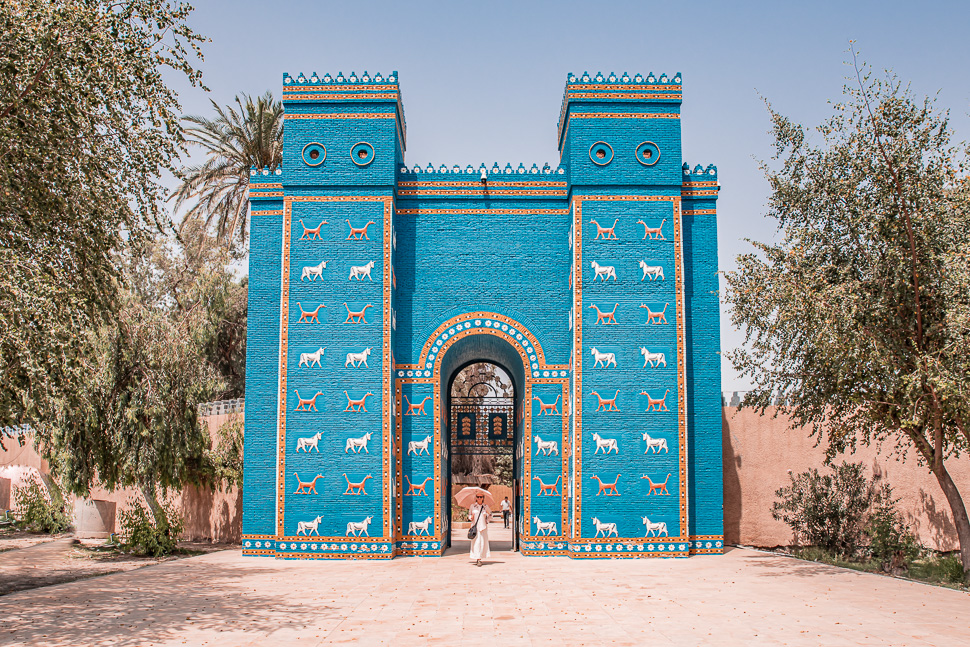
At Babylon, two important empires in antiquity had their capital here, the 19th–16th century BC Old Babylonian Empire, and the 7th–6th century BC Neo-Babylonian Empire. Babylon was also used as a regional capital of other empires, such as the Achaemenid Empire. Babylon was one of the most important urban centres of the ancient Middle East, until its decline during the Hellenistic period. What is left today is not very much, but Saddam Hussein had one of the palaces rebuilt, that he could look at it from his villa on top of a nearby hill.
The famous Ishtar gate and many other artefacts are in the Pergamon Museum in Germany. The gate is poorly reconstructed, and doesn’t convey the splendour of what we had seen in Berlin a couple of years ago.

The director of the museum spoke excellent English and showed us around. Thanks to him, we knew a little bit more about what we saw next at the archaeological site of Babylon.
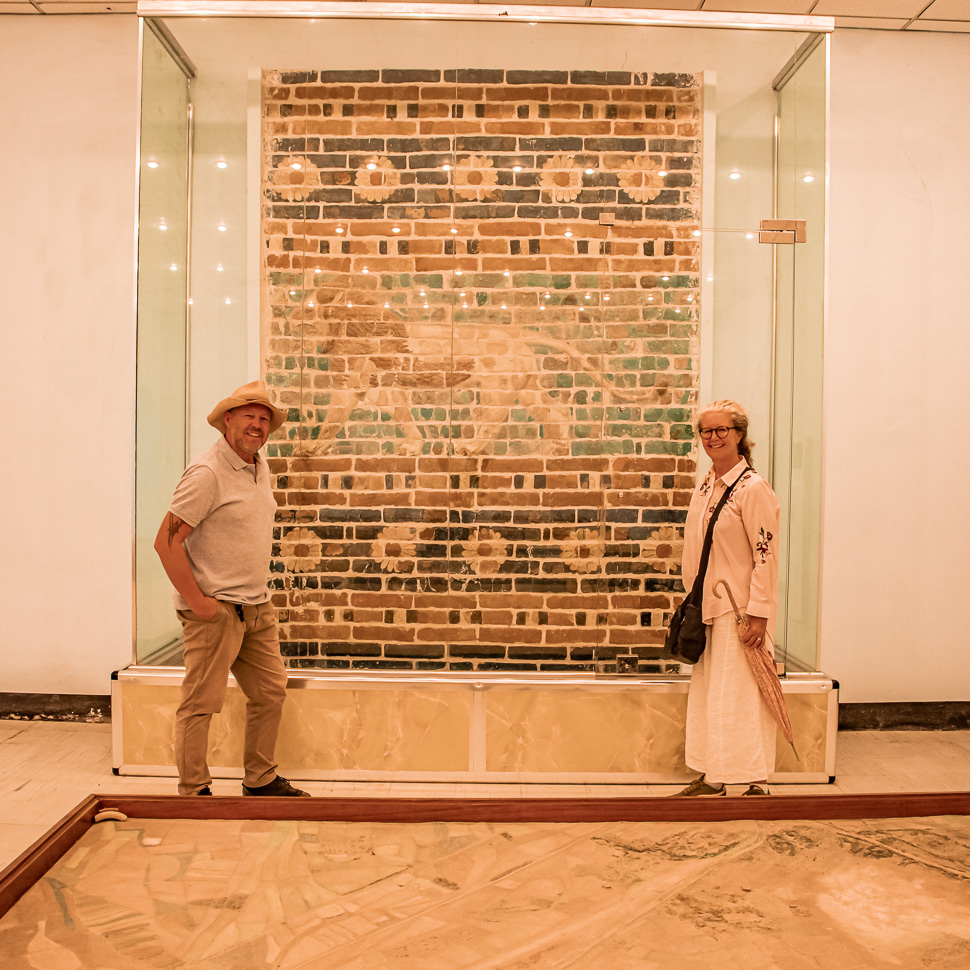

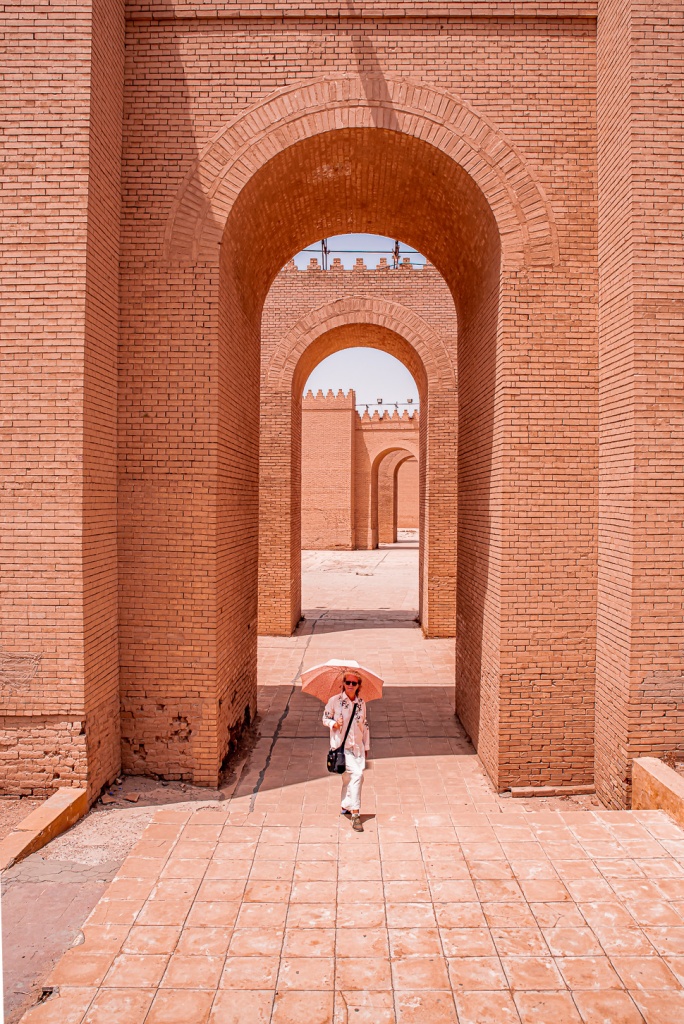
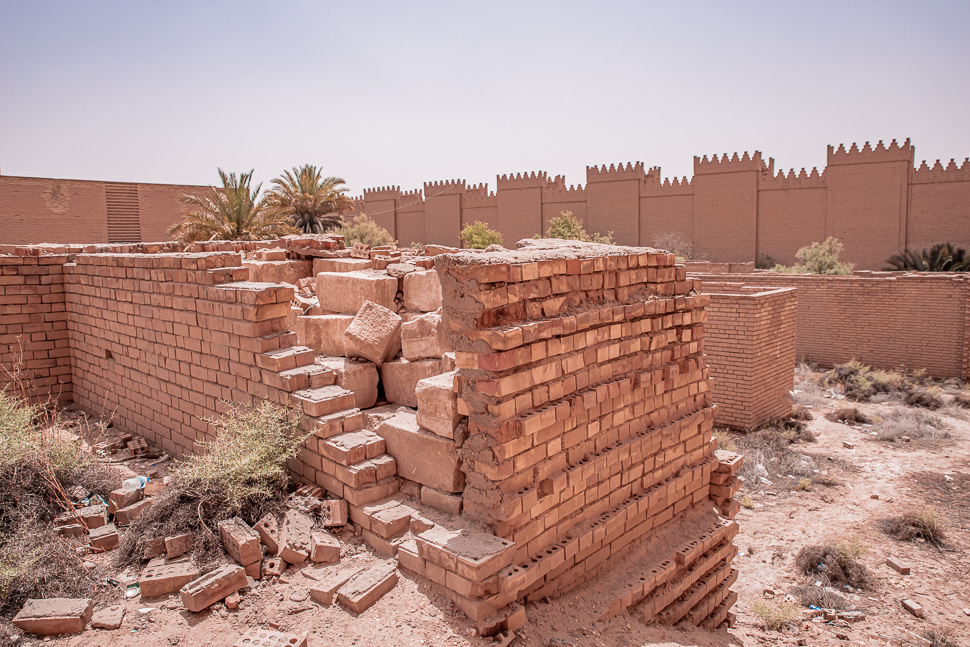
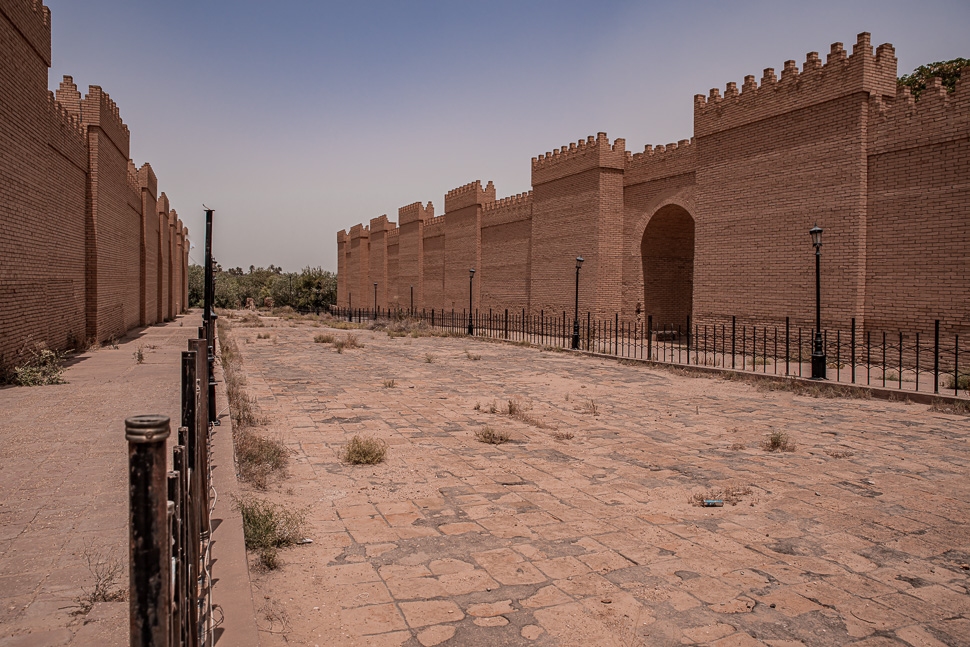


We knew that we could visit the palace of Saddam Hussein and made our way through the fence of the archaeological site to get there. The palace was called Saddam Hill, which was built over some of the old ruins, in the pyramidal style of a ziggurat.
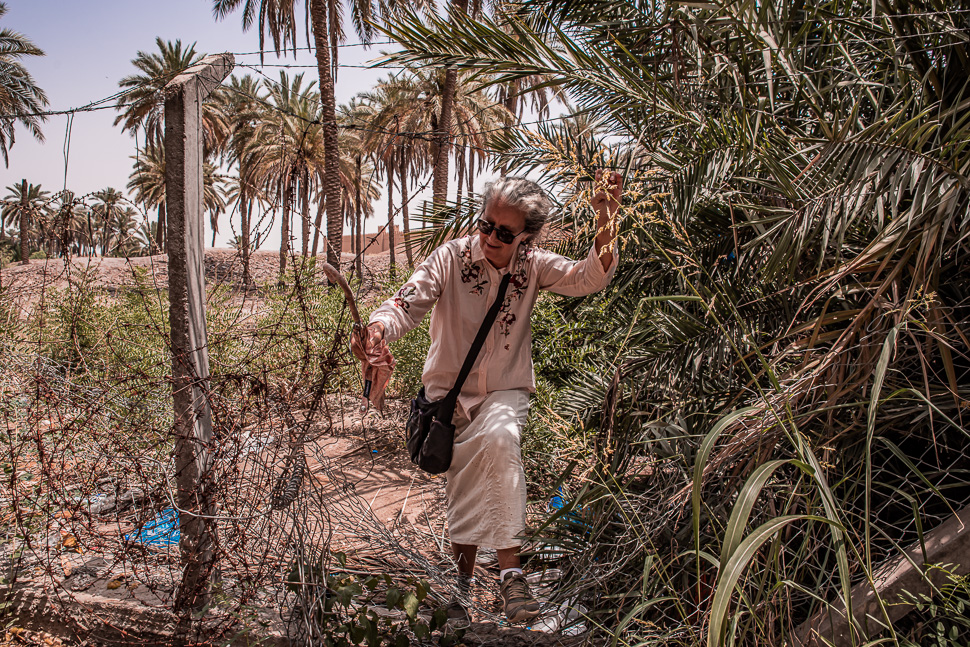

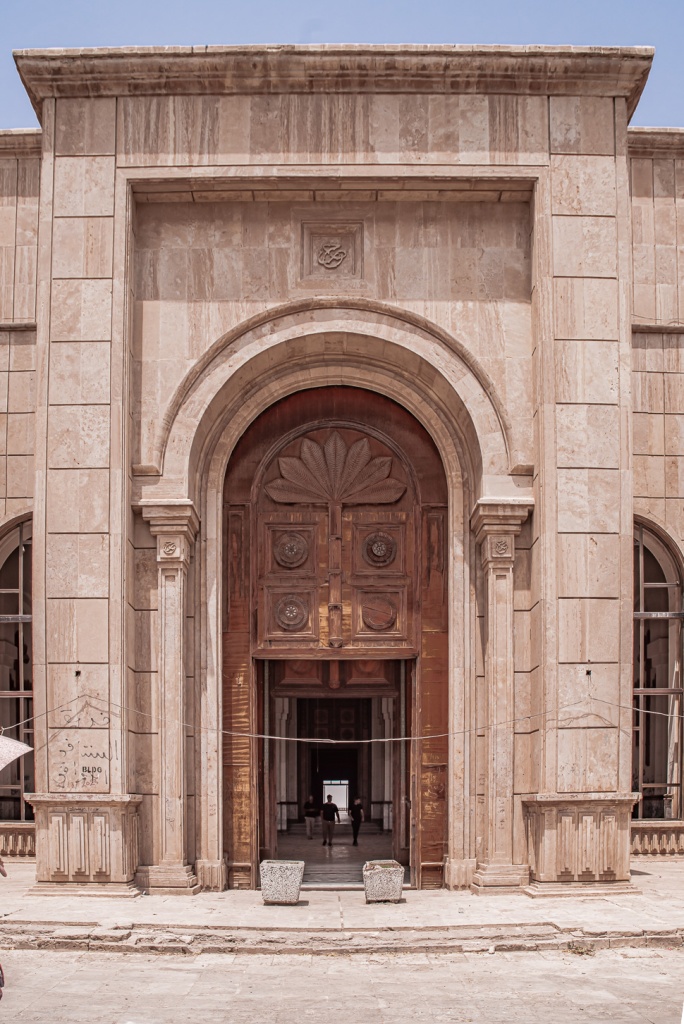

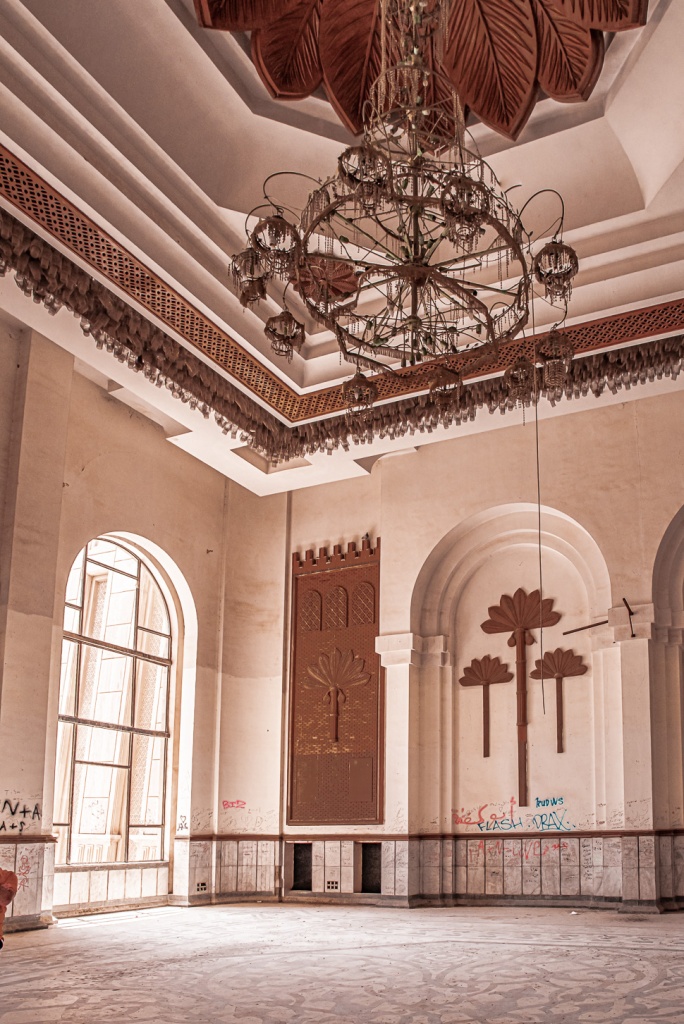
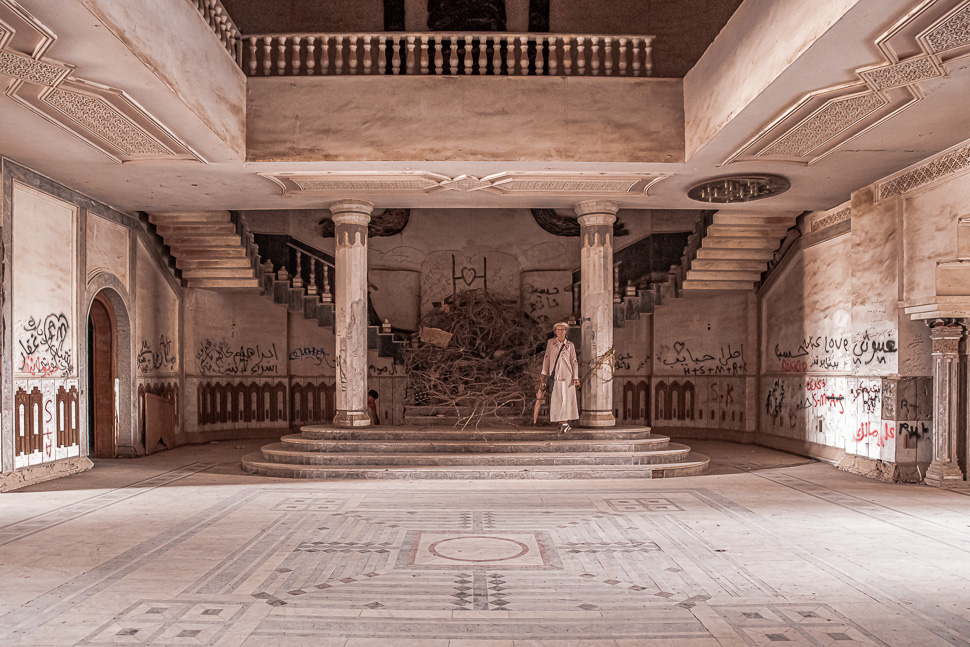
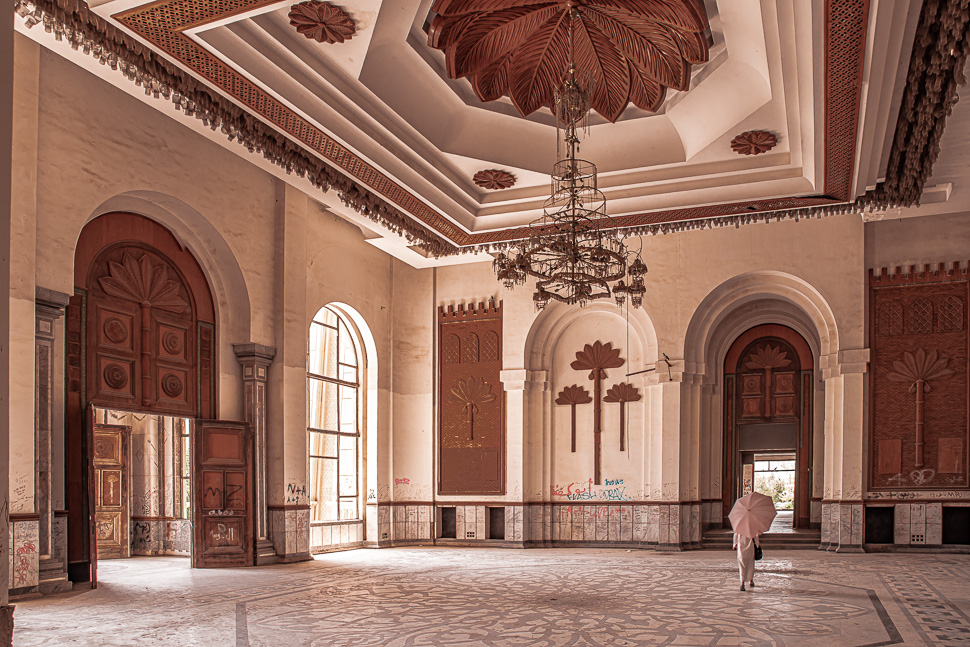


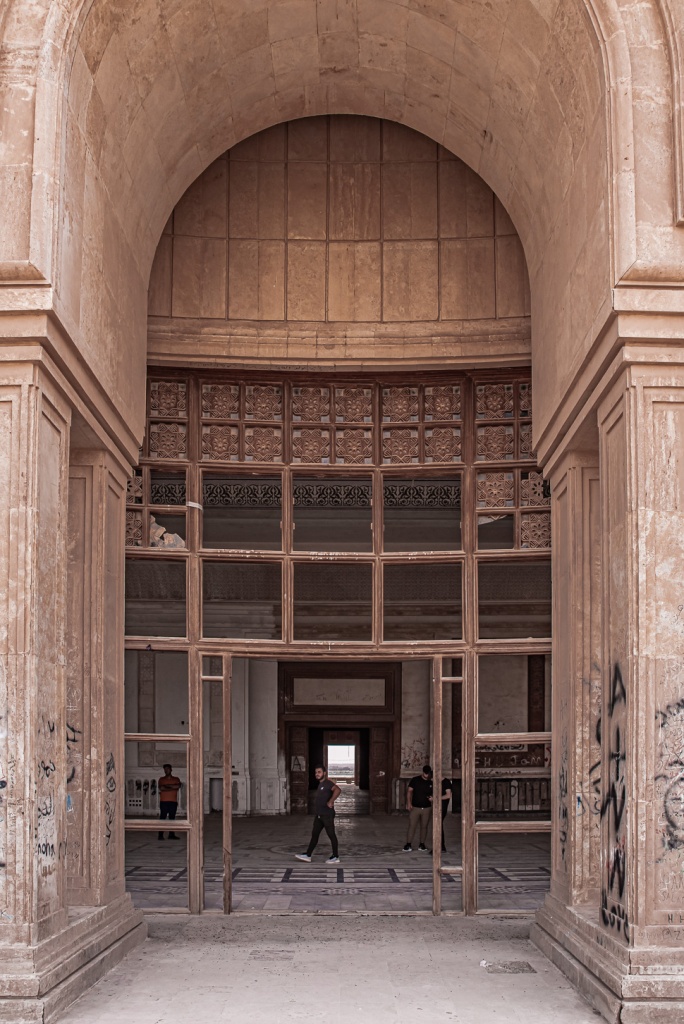

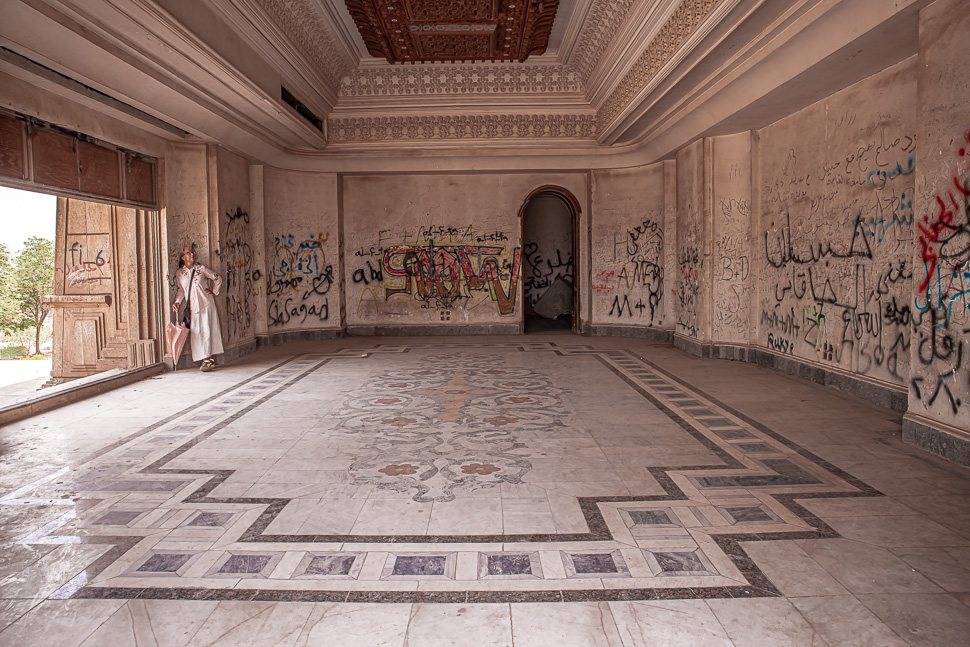

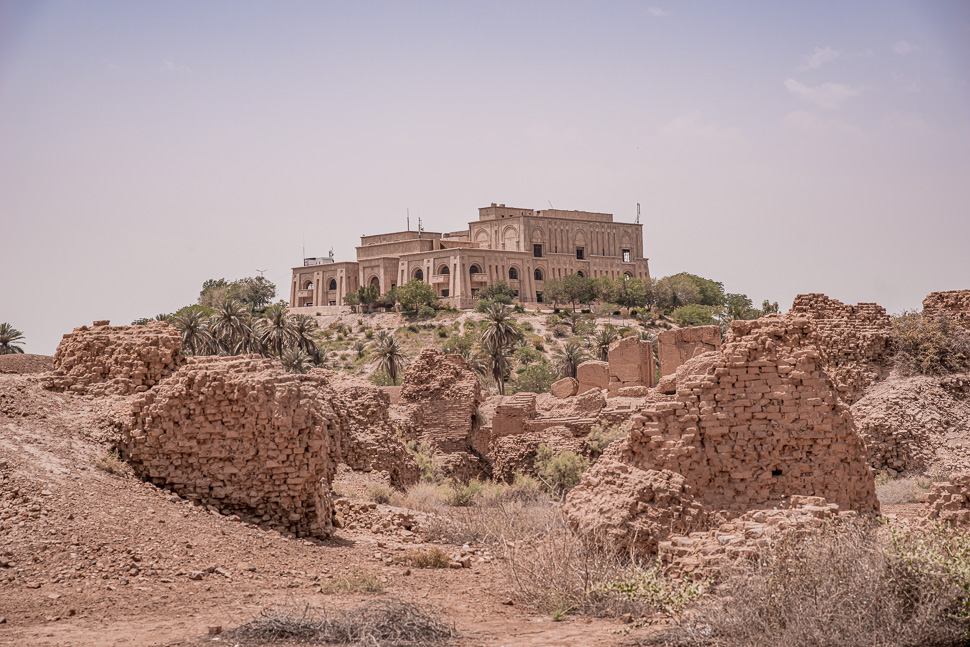

The Lion of Babylon supposedly originates from the Royal Museum of Nebuchadnezzar II and was found in 1776 by local villagers in the ruins of one of the palaces.
Following the 2003 invasion of Iraq, the area around Babylon came under the control of US troops, which built a military base with a helipad and other facilities on ancient Babylonian ruins, digging trenches into ancient deposits, causing irreparable damage to the archaeological site.
The tragedy of lost traces of the great cultures of Mesopotamia leads like a red ribbon through all of Iraq. Too many wars had paid its toll on the remains of history in this country.

Danke für die schönen Bilder und Beschreibung